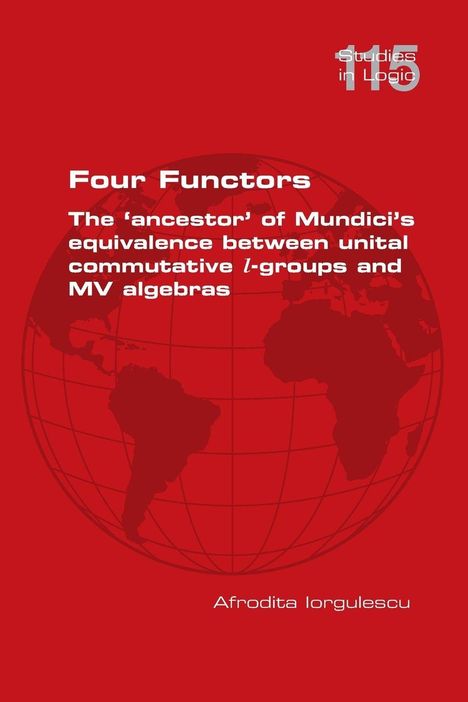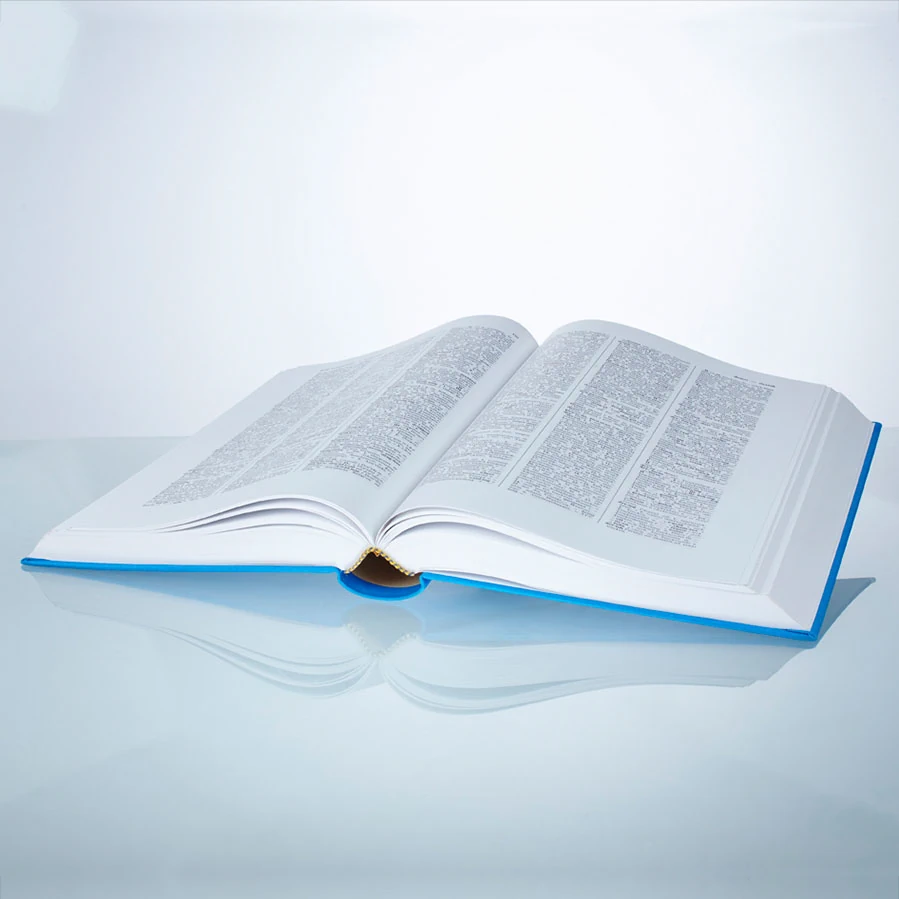Afrodita Iorgulescu: Four Functors. The 'ancestor' of Mundici's equivalence between unital commutative l-groups..., Kartoniert / Broschiert
Four Functors. The 'ancestor' of Mundici's equivalence between unital commutative l-groups and MV algebras
(soweit verfügbar beim Lieferanten)
- Verlag:
- College Publications, 10/2025
- Einband:
- Kartoniert / Broschiert
- Sprache:
- Englisch
- ISBN-13:
- 9781848904965
- Artikelnummer:
- 12494611
- Umfang:
- 332 Seiten
- Gewicht:
- 506 g
- Maße:
- 234 x 156 mm
- Stärke:
- 18 mm
- Erscheinungstermin:
- 1.10.2025
- Hinweis
-
Achtung: Artikel ist nicht in deutscher Sprache!
Klappentext
Daniele Mundici has proved in 1986 that the category of lattice-ordered commutative groups with strong unit (or unital commutative l-groups, for short) is equivalent to the category of MV algebras, by proving the existance of the quasi-inverse functors Gamma and ¿Xi. He has made the proof in one step, but the proof can be made in two steps, as it is sketched in this book, by introducing the intermediary category of positive-unital commutative l-groups and four functors.
Marco Abbadini has presented in 2021 his equivalence à la Mundici for commutative l-monoids, in two steps, with four functors.
Afrodita Iorgulescu has introduced and studied in 2020 a new commutative framework, centered on m-BCK algebras, containing the commutative groups and the MV algebras. Hence, she has had sufficient background material to generalize Mundici's equivalence, to fi nd its 'ancestor'. The role of unital commutative l-groups is played by the strong mo-ME structures, the role of positive unital commutative l-groups is played by the strong mo-ME positive cones, and the role of MV algebras is played by the XY algebras, all belonging to this new framework. She presents in this book this 'ancestor', in two steps, with four functors: the category of strong mo-ME structures is not equivalent to the category of strong mo-ME positive cones (step 1), but the category of strong mo-ME positive cones is equivalent to the category of XY algebras (step 2).
Abbadini's results and the wonderful instrument which is Prover9-Mace4 were of major help in writing this book.



